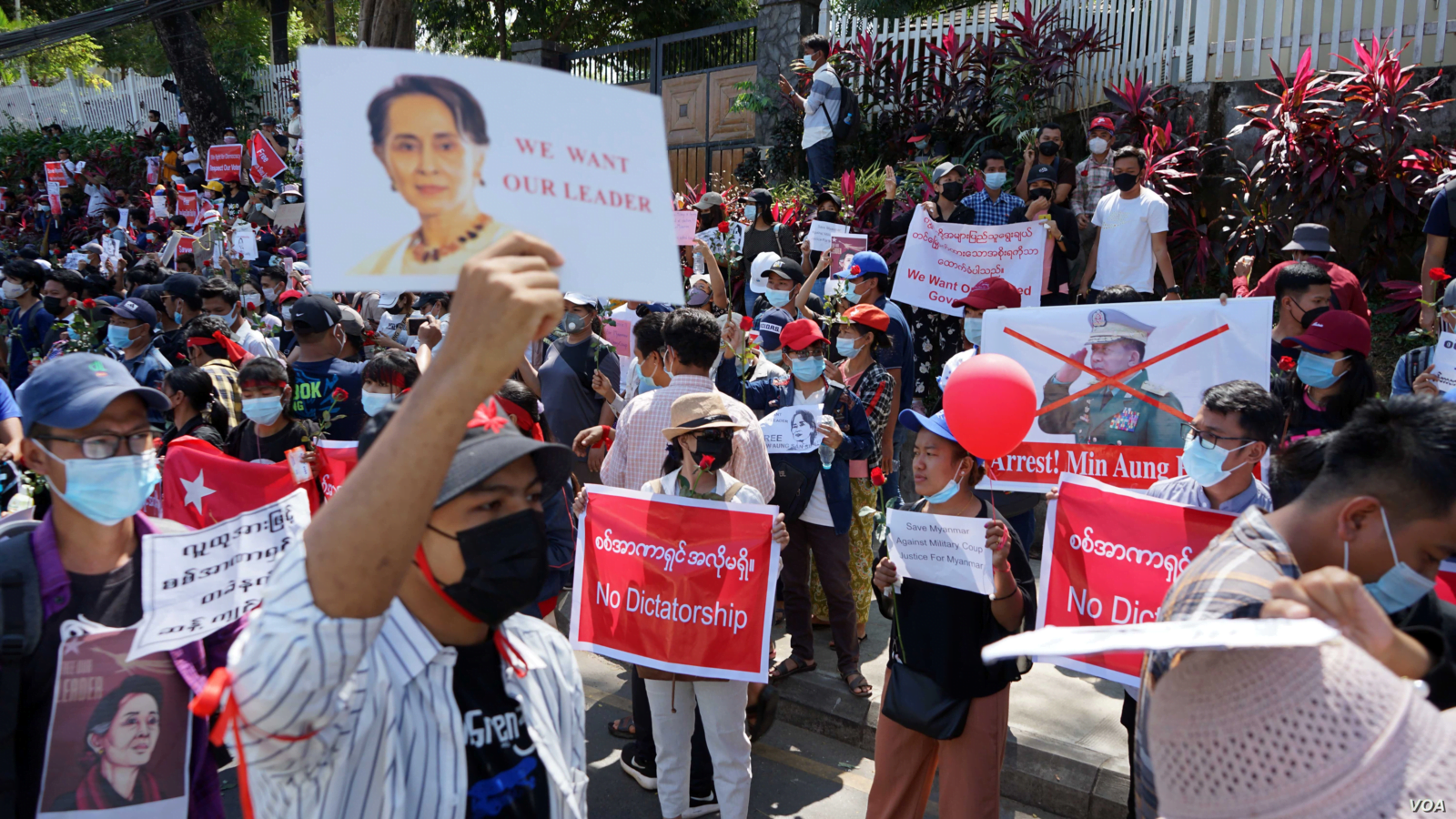In February 2021, the Myanmar military toppled the civilian government lead by Aung San Suu Kyi. Mass protests followed the coup and were brutally suppressed by the Junta. An anti-Junta insurgency soon emerged, but for much of this conflict, the military has had the upper hand: The opposition was split between ethnic majority Bamar groups, backed by a government-in-exile, and numerous armed militias from Myamar’s many ethnic minority groups. Superior weaponry and air power meant that these disparate opposition groups were on the ropes.
But the trajectory of this conflict changed rather dramatically on October 27.
A number of these different militias joined forces for a series of highly coordinated attacks. This new alliance captured strategic towns, roads and garrisons, including a key region on the border with China. The Junta sustained heavy loses and are suddenly facing the prospect of defeat. The Burmese military now looks as weak as it ever has in nearly 40 years of on and off again control of Myanmar.
I’m joined on the podcast today by Gregory Poling, director of the Southeast Asia Program at the Center for Strategic and International Studies. We kick off discussing the outbreak of conflict in Myanmar following the 2021 coup. Gregory Poling then does a good job of breaking down the complexities of a civil war that involves a wide number of ethnic armed groups, many of which have now joined in this new alliance to defeat Burmese military. We also discuss the role of China and the United States, and whether or not we can expect the full collapse of the Myanmar military Junta in the near future.
If you have 25 minute and want some expert analysis of the current situation in Myanmar, have a listen. Should the Junta collapse—which is suddenly a real possibility — this episode will help you understand why.
The episode is freely available on all podcast listening apps. This link will take you there.
Transcript excerpt edited for clarity
Mark Leon Goldberg So we are now some two years, over two years into this coup, which led to a civil war. What has been like the general trajectory of the conflict up until this new offensive?
Gregory Poling There are myriad actors involved in the resistance. To simplify, you can break it into two groups. You have the PDF the People’s Defense Forces, which are generally small, in many cases ill equipped, local level resistance forces, many loosely affiliated with the National Unity Government, which is more or less a government in exile. They have a small footprint on the border with Thailand, but most of them operate outside of the country. That is more or less the heart of the [ethnic majority] Bamar armed resistance. There’s also the civil resistance captured by the civil disobedience movement, where people are not paying taxes and not showing up to work and so on.
Gregory Poling And then the second component is the ethnic [minority] armed organizations. Some of them have been in this fight since the very beginning of the coup, particularly the Kachin Independence Organization which operates in the Kachin State, named after the ethnic group; most of the Karen National Union, which are one of the larger and oldest insurgencies in the country, and the Karenni Nationalities Defense Force. As well as on the other side of the country, the Chin National Organization and a few other Chin groups. So you think of those four constellations of ethnic groups as those who have been at least supportive, if not working in conjunction with the opposition for two and a half years.
Gregory Poling What’s changed over the last month and a half is that several other Ethnic Armed Groups have come off the bench — in particular the quite powerful Arakan Army in Rakhine State and what’s called the Three Brothers Alliance in Northern Shan State, which are the Myanmar National Democratic Alliance Army, also called the Kokang, the Arakan Army, which operates in both areas, and the Ta’ang National Liberation Front. And so now you have pretty sophisticated offensive against the Tatmadaw, the Burmese military, on at least three fronts, and that is stretching the military thin potentially to a breaking point.
Full transcript here.
